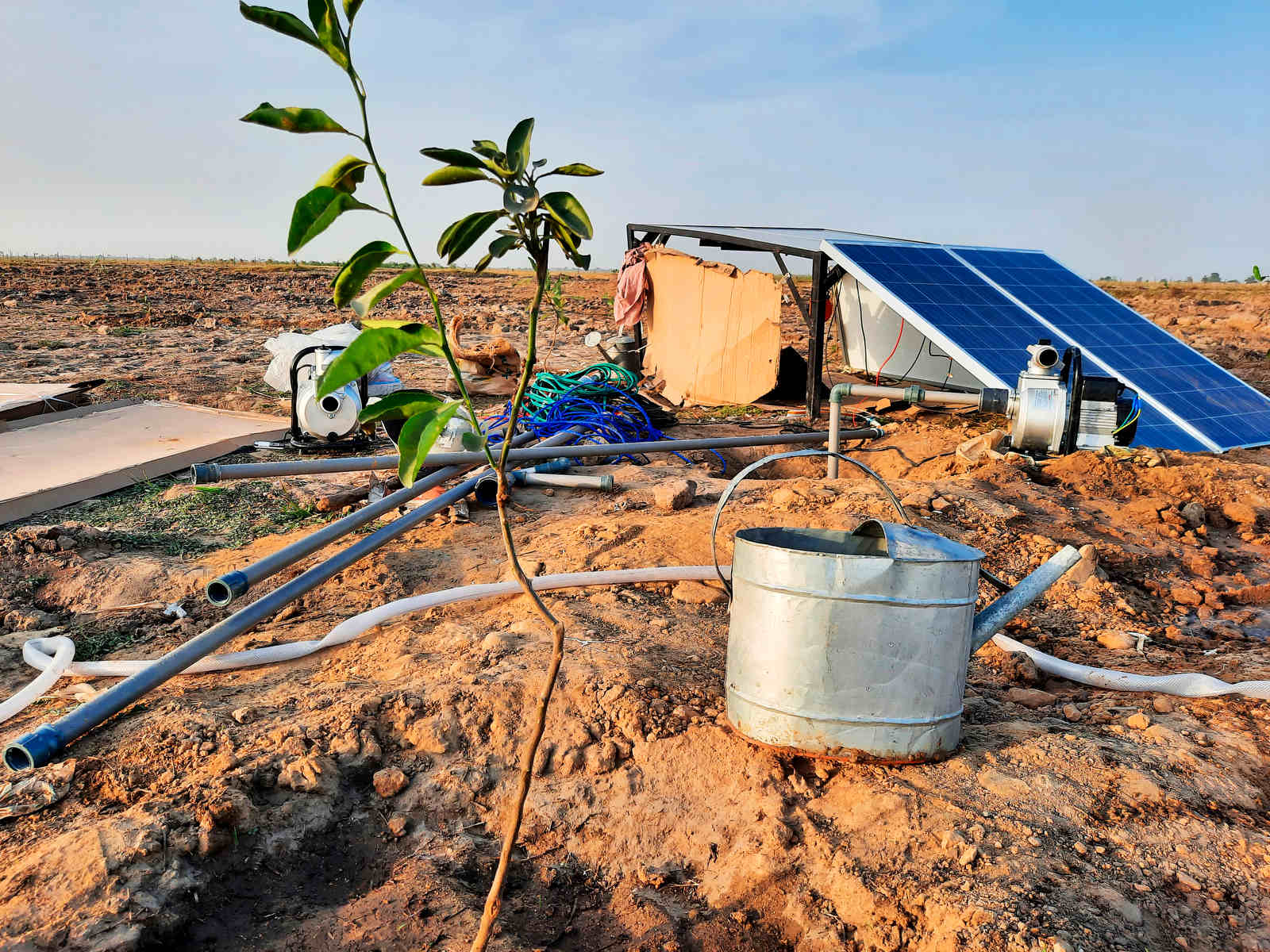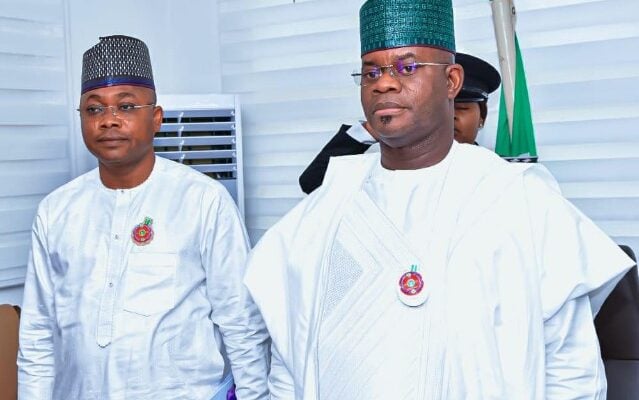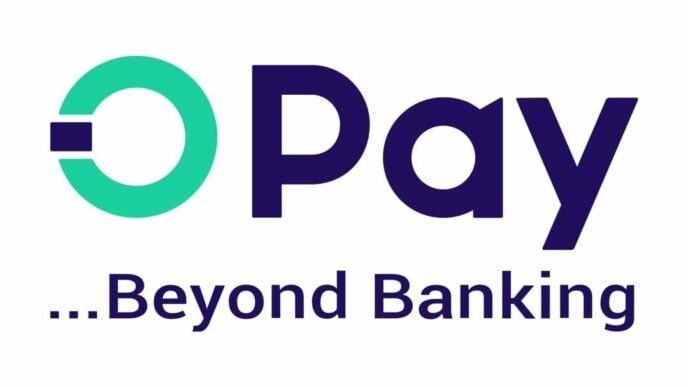The Great Green Wall project seedlings and a solar-powered borehole are under construction at a 10-hectare orchard in the Kirikasama area of Jigawa. The project was commissioned by NigeriaÕs National Agency for the Great Green Wall (NAGGW) and, despite the ongoing construction, is considered complete as of November 2021.
Photo by Kunle Adebajo
BY ODEWALE ABAYOMI
From the cold dawn to the scorching heat of midday, the blazing sun hangs in the sky and beats down on the Sahel, a 3,053,200 sq km and semi-arid belt stretching across West Africa. Crisis brews at the Sahel where the Sahara desert meets the Savanna. Raging like wildfire, land degradation continually unleashed its terror, downgrading fertile soil into barren lands. Desertification tightens its grip and holds the frontlines of the arid and semi-arid region to ransom. Sahel, like an orphan, is helpless. This phenomenon affects West Africa’s climate.
To combat the brewing drought and desertification, the African Union developed the Great Green Wall Initiative in 2007. The Green Wall runs from Senegal in the West to Djibouti in the East and brings together 22 African countries with a plan to create an 8,000-kilometer long and 15-kilometer-wide green belt.
Desert encroachment is a threat to food security and ecological balance. The Sahel is in dire need of landscape restoration. Desertification is a menace which threatens food security and the agricultural value chain in the Sahel. The land restoration project will cost about $33 billion.
Advertisement
In 2015, Nigeria inaugurated the National Agency for the Great Green Wall (NAGGW). The agency was charged with the responsibilities of combating land degradation, conserving biodiversity, and building climate-resilient systems. NAGGW is incorporating a 1,500-kilometer green belt that would connect Marte in Borno state to Dandi Arewa in Kebbi state. Adamawa, Bauchi, Borno, Gombe, Jigawa, Kano, Katsina, Kebbi, Sokoto, Yobe, and Zamfara States fall within the land restoration zone. They are roughly 35% of Nigeria’s landmass.
The project is expected to sequester 250 million tons of carbon, restore 100 million hectares of degraded lands and create 10 million sustainable jobs by 2030. This will potentially resolve the farmer-herder conflicts.
Nigeria is a party to the United Nations Convention to Combat Desertification. This is not only symbolic but also affirms that the future of reviving African drylands is very bright. In 2020, the GGW Initiative entered its second decade. It is imperative to review the challenges and evaluate the progress made.
Advertisement
Progress Assessment
They have carried out Environmental Impact Assessments (EIAs) and baseline studies along the GGW Corridor. They have also gathered significant biophysical and socioeconomic data. This will enhance proper planning, implementation, monitoring, and impact assessment.
The NAGGW has planted 7.6 million seedlings and set up a continuous 1,359-kilometer shelterbelt that can act as a windbreak from Kebbi State in the northwest to Borno State in the northeast. This effort led to the regeneration of 2,801 hectares out of 800,000 hectares of degraded lands.
Food insecurity declined notably in 2020 compared to 2016, it decreased from 46 percent to 15 percent in Senegal and from 69 percent to 58 percent in Niger.
Advertisement
Challenges
A recent UN status report painted a bleak picture. According to the UN’s 2020 status report, only 4 million of the 100 million hectares had been restored. This is only 4% of the Great Green Wall’s targets of 2030 had been met.
The NAGGW is entitled to 15 percent of the Ecological Fund, but a paucity of funds hinders progress. Poor coordination, weak organisational structures and limited information dissemination at regional and national levels are also part of the constraints. It is imperative to educate the stakeholders about the GGW at town hall meetings, disseminate timely information and create awareness through the traditional media. This will accelerate cooperation and success of the project.
When completed, the Great Green Wall Initiative will tame land degradation, preserve the Sahel and loosen the grips of desertification on the frontlines of the arid and semi-arid region.
Advertisement
Odewale Abayomi is a climate writer, sustainability researcher and member, Stakeholder Reference Group of the Taskforce on Net Zero Policy. He tweets via @ODEWALEAbayomi
Advertisement
Views expressed by contributors are strictly personal and not of TheCable.
Add a comment









